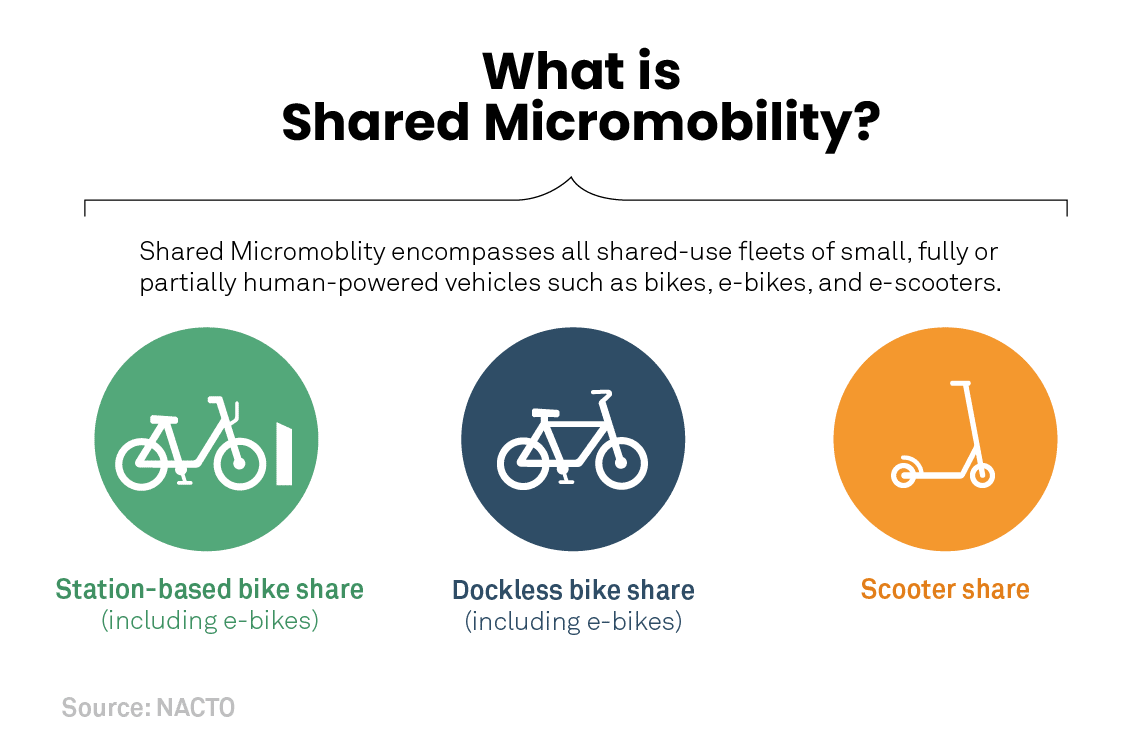Deciphering E-Bike Classifications: A Summary Of Their Definitions
Deciphering E-Bike Classifications: A Summary Of Their Definitions
Blog Article
Content Develop By-Mouritsen Velazquez
If you're thinking about purchasing an e-bike, understanding the different classes is type in making an informed choice. You could be amazed at how each class provides special features that satisfy different riding preferences and lawful demands. From pedal-assist alternatives to throttle-controlled models, each course has its advantages. So, before you pick the best e-bike for your requirements, it's critical to realize the differences in between Class 1, Class 2, and Class 3 e-bikes.
Class 1 E-Bikes
Class 1 E-Bikes are defined as pedal-assist electrical bicycles that supply help only when you pedal, discontinuing to do so as soon as you get to 20 miles per hour. These bikes are excellent for those trying to find a little additional increase while still wanting to get some workout. Course 1 E-Bikes provide a smooth shift in between pedaling and electrical support, helping you conquer hills and long distances easily. The electric motor kicks in as quickly as you start pedaling, providing an all-natural and simple and easy adventure experience.
One of the crucial benefits of Class 1 E-Bikes is that they're enabled on most bike paths and routes where traditional bikes are allowed. This suggests you can check out brand-new paths and appreciate the outdoors without any constraints.
Additionally, these bikes are green and provide a sustainable mode of transport, decreasing your carbon impact while still getting you to your location efficiently.
Course 2 E-Bikes
Going on from the pedal-assist characteristics of Course 1 E-Bikes, Course 2 E-Bikes introduce a new component right into the electrical bike realm. These e-bikes include a twist throttle feature, enabling you to ride without pedaling whatsoever. With this addition, you have the choice to simply engage the throttle and let the electric motor do the job, moving you onward effortlessly.
Class 2 E-Bikes are perfect for motorcyclists that may need a break from pedaling or require aid when beginning with a total quit. This attribute makes them particularly appealing for people with limited mobility or those who desire a more leisurely riding experience.
However, simply click the up coming webpage to note that Class 2 E-Bikes are still governed by a rate restriction of 20 miles per hour, ensuring safety and compliance with regulations.
Course 3 E-Bikes
For riders seeking a more vibrant electric biking experience, Class 3 E-Bikes deal improved speed and performance contrasted to their Class 1 and Course 2 equivalents. Class 3 E-Bikes are known as "rate pedelecs" and can get to speeds of approximately 28 mph, providing a thrilling ride for those searching for an additional increase. https://sites.google.com/view/zugobike/ come equipped with a pedal-assist system that begins when you start pedaling, making it less complicated to maintain higher speeds with less effort.
One crucial feature of Course 3 E-Bikes is that they aren't limited to bike lanes only; they can likewise be utilized on roads where the rate restriction is 30 miles per hour or reduced. This adaptability allows cyclists to browse via website traffic a lot more successfully while still delighting in the benefits of electric aid.
However, it's necessary to keep in mind that some locations might have details regulations relating to using Class 3 E-Bikes, so always check regional laws before hitting the trail.
Conclusion
So, since you recognize the differences between Class 1, 2, and 3 E-Bikes, you can make an informed decision on which type ideal fits your needs. Whether you prefer pedal-assist, throttle function, or higher speeds, there is an E-Bike course out there for you. Bear in mind to consider your neighborhood policies and personal choices before making your choice. Pleased riding!
